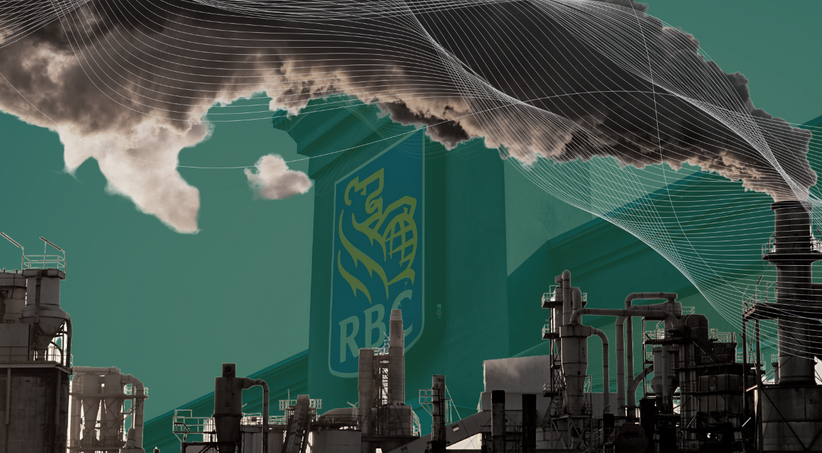This year Investors for Paris Compliance co-filed a shareholder proposal at TD with Vancity Investment Management asking the bank for more specificity in its net zero transition plan. You can read the proposal here and view our investor memo about it here.
The proposal builds on our report card about the net zero work of Canada’s major banks where we gave TD good grades relative to its peers regarding its measurement and disclosure of financed emissions, but poor grades regarding the bank’s transition plan.
This is because TD’s plan almost entirely consists of vague process measures that leaves investors and the public in the dark about what it will actually do in practical terms to reach net zero.
This problem is acute for TD given it faces huge transition risk – that is, the bank’s business is particularly carbon-intensive so TD has further to transition than others. A recent study found that TD had the largest financed emissions of any Canadian bank at 447 million tonnes. For context, Canada’s entire emissions in 2021 are estimated at 691 million tonnes.
Unfortunately, TD’s latest climate action report fails to fix the shortcomings in its transition plan. Here are some highlights:
- TD extends its 2030 target setting to two more sectors – automotive manufacturing and aviation. Unfortunately it continues to use intensity-based targets that do not guarantee overall emissions reductions, and even opens the door to emissions increases. There is more on the issue of intensity targets below.
- TD announces a new $500 billion Sustainable & Decarbonization Finance Target. While the intent is laudable, unfortunately, TD joins other banks in failing to explain whether and how this sustainable finance envelope will affect its financed emissions or help it reach its targets. There is no effort to quantify and disclose the aggregate impact of this financing, leaving investors guessing as to its role.
- TD gives a few more details about the “client engagement” that it puts at the centre of getting to net zero, but again does not tell us how that adds up to meeting its targets. TD says it will engage with clients responsible for 50% of its financed emissions in the energy and power sectors by the end of 2023 and says it will assess clients, but does not tell us what TD considers to be a credible client transition plan to assess them against nor what TD will do about clients that do not have one over time.
In its proxy circular (page 87) TD includes an opposition statement to the shareholder proposal. We have written a more extensive rebuttal to this statement, but here are the most salient points:
- TD does nothing in its opposition statement to refute the basic premise of the proposal that the bank lacks specificity in its transition plan. The bank continues to rely on vague processes that don’t inform investors about what it is actually doing in concrete terms.
- TD’s opposition statement is revealing in its discussion of its 2030 intensity-based targets, implying that they aren’t mathematically consistent with its 2050 absolute target, since the bank’s own analysis indicated that to set appropriate absolute 2030 targets would have been “drastic” given the state of its client base. The bank provides no disclosure of this analysis nor a credible solution to this challenge, leaving investors with the conclusion that the bank is delaying necessary choices, thereby creating greater even transition risk in the future since it will need to move even faster later.
To its credit, TD engaged with us on the proposal in a series of cordial meetings where it made available key staff to explain the bank’s position. Unfortunately, those meetings did not result in any movement.
TD’s AGM is on April 20 and its shareholders will vote on the proposal between now and then. We hope that the proposal will lead to progress by the bank on disclosing how it intends to meet its net zero commitment.



